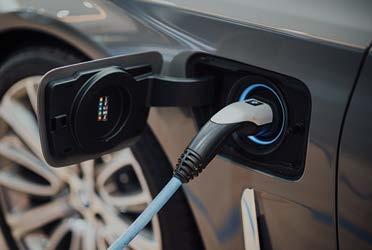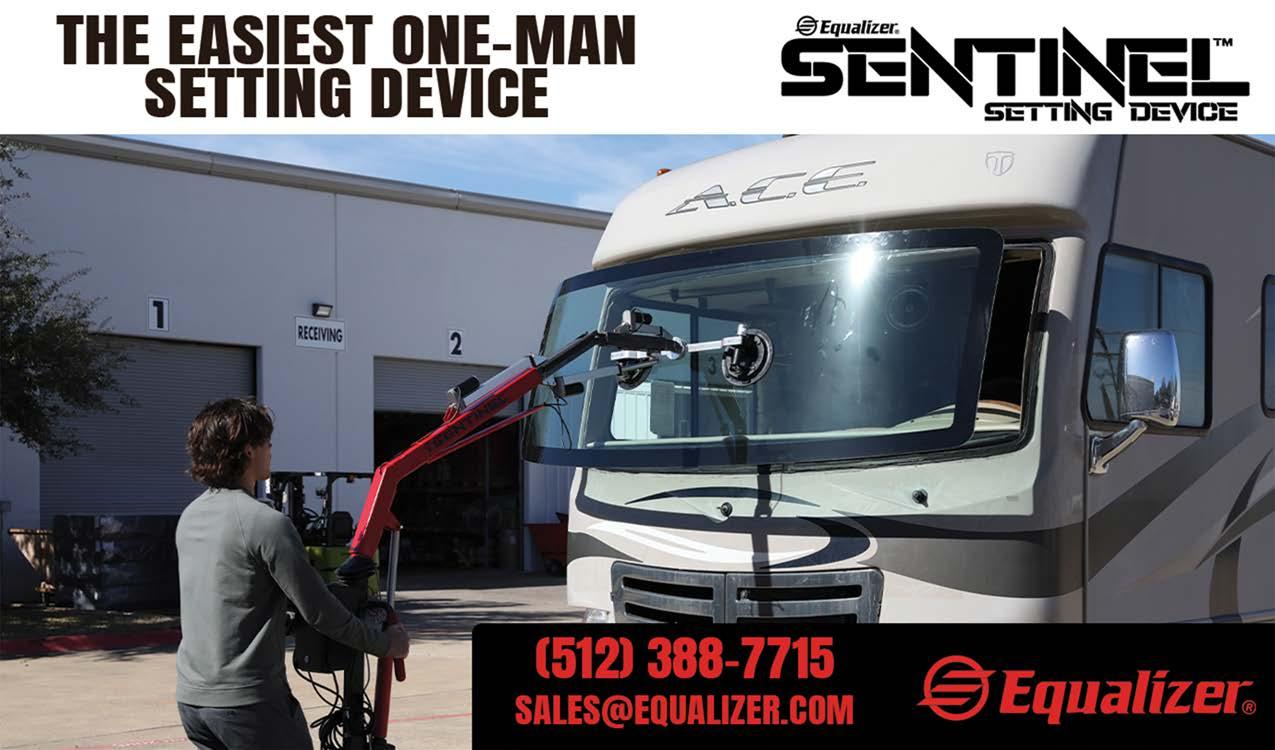
2 minute read
Vehicle Package ������������������������������������������
Gov. Gavin Newsom on Jan. 26 outlined his historic $10 billion zero-emission vehicle (ZEV) package to accelerate the transition to zero-emission vehicles and fight climate change.
This package is a critical part of Newsom’s overall plan to cement California’s status as a world leader in forging an oil-free future.
“The future is electric, and we’re making it easier and cheaper than ever before to go electric. That means more assistance to
help folks buy clean cars and more charging stations in more communities throughout the state,” said Newsom. “California is eliminating our dependence on oil and providing a blueprint for the entire world on how to aggressively fight the climate crisis while growing the state’s clean energy economy.”
This $10 billion ZEV package builds on Newsom’s first-in-thenation action to shift the automotive industry entirely to all electric by 2035, using California’s market dominance to accelerate the transition to zero-emission vehicles across the world and dramatically reduce the state’s reliance on fossil fuels. Electric vehicles have become one of the state’s top exports, and California represents half of the U.S. ZEV market. These actions are tackling the single largest culprit of pollution in California—the tailpipe. “To achieve California’s climate goals we must focus on the needs of the most polluted and underserved neighborhoods. Gov. Newsom’s ZEV investment proposal recognizes this reality,” said Alvaro Sanchez, vice president of policy at The Greenlining Institute. “We’re excited to work with the governor and the Legislature to prove to the rest of the country that we can not only advance our climate agenda but also advance equity.”
Building upon last year’s historic $3.9 billion investment in zero-emission vehicles, Newsom is proposing to inject another $6.1 billion to accelerate this transition---a total $10 billion ZEV package that will help make these vehicles more affordable and convenient for all Californians, while building out the infrastructure and charging stations needed to facilitate this transition.
Significant investments include:
Low-Income Zero-Emission Vehicles and Infrastructure: $256 million for low-income consumer purchases, and $900 million to expand affordable and convenient ZEV infrastructure access in low-income neighborhoods. These investments will focus on planning and deploying a range of charging options to support communities, including grid-friendly high-power fast chargers and at-home charging.
Heavy-Duty Zero-Emission Vehicles and Supporting Infrastructure: $935 million to add 1,000 zero-emission short-haul (drayage) trucks and 1,700 zero-emission transit buses; $1.5 billion Proposition 98 to support school transportation programs, including advancing electric school buses in a coordinated effort between educational, air pollution and energy agencies; $1.1 billion for zero-emission trucks, buses and offroad equipment and fueling infrastructure; and $400 million to enable port electrification.
Zero-Emission Mobility: $419 million to support sustainable community-based transportation equity projects that increase access to zero-emission mobility in low-income communities. This includes supporting clean mobility options, sustain-









